The New Tech Company Transforming Space Into A Highway
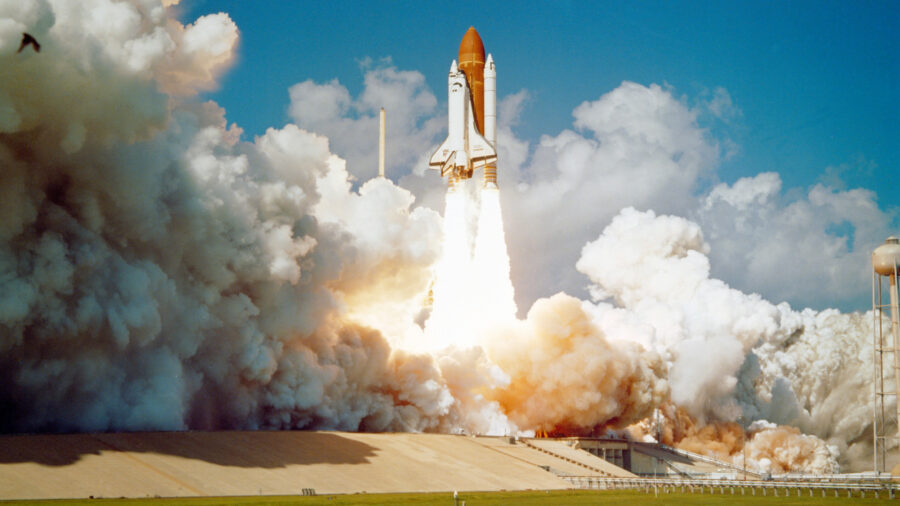
NASA and SpaceX are working to develop bases on the moon and eventually on Mars with the help of private contractors like SpaceX, Boeing, and Astrobotic Technology. Space exploration is no longer a government-only enterprise and instead involves many private enterprises that are perfectly suited to turn space into a superhighway for space transport. One problem, though, is when things go into space, they rarely return.
Tech Startup Identified A Growing Problem
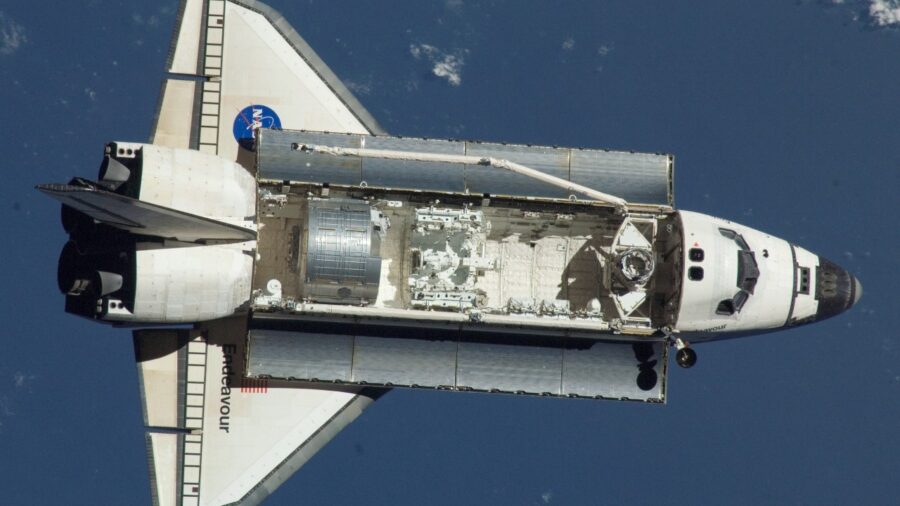
Fortunately, we have reusable spacecraft beyond the Space Shuttle, and SpaceX is launching satellites into space to expand its Starlink communications system and has an ultimate goal of putting humans on Mars by 2030. Boeing currently has its experimental and reusable Starliner spacecraft docked at the International Space Station while solving technical issues.
When such types of space transport eventually place people on the moon and eventually Mars, they’ll need provisions and somewhere to remove their waste and other items.
Outpost Wants To Come Back From Space
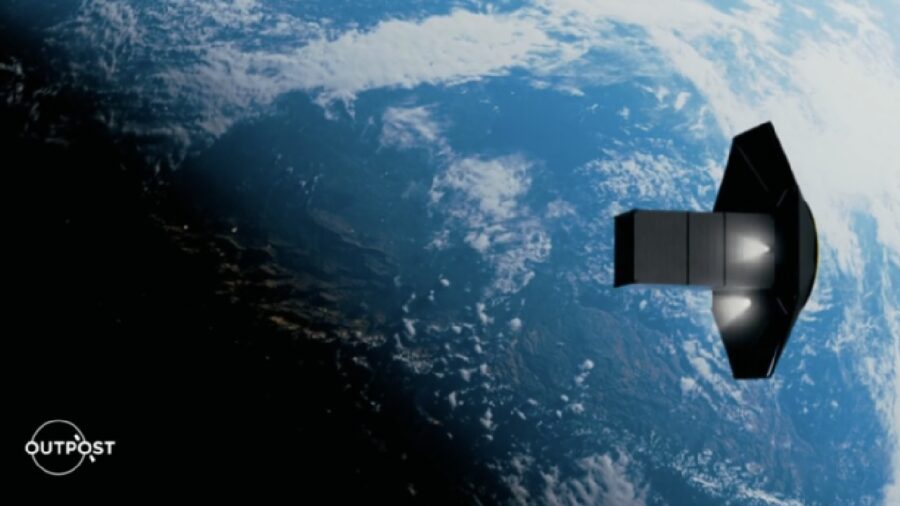
Outpost is working on a return system that will collect items previously dumped into space or allowed to burn up upon reentry into the Earth’s atmosphere. Placing the high-tech version of shipping containers in space makes it possible for Outpost to collect items that otherwise would create a debris field orbiting Earth, which creates a constant hazard for space transport systems.
Instead of enabling the debris field to grow, Los Angeles-based Outpost intends to use its Ferryall and Carryall spacecraft, that’s about the same size as a shipping container, to collect such items and return them to Earth.
Working With NASA
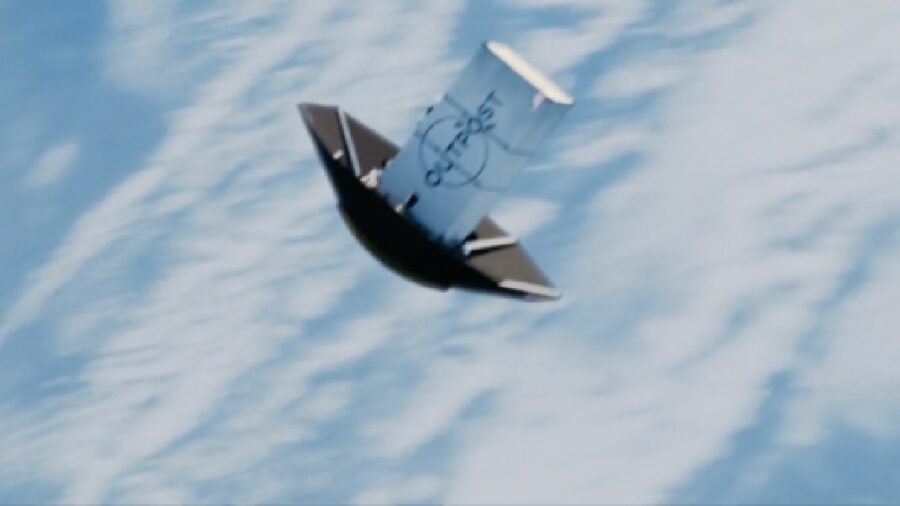
The Ferryall and Carryall space transport system also could collect samples extracted from the moon and Mars and return them to Earth for scientific study. NASA recently scrubbed a sample return mission to Mars to collect core samples intended to reveal more about what’s beneath the surface of the red planet. Outpost and its Carryall and Ferryall spacecraft might be the ideal partner for such a mission when NASA creates its new sample return mission that would cost less and happen sooner than the scratched mission.
A Complex Task Requires Precise Tools
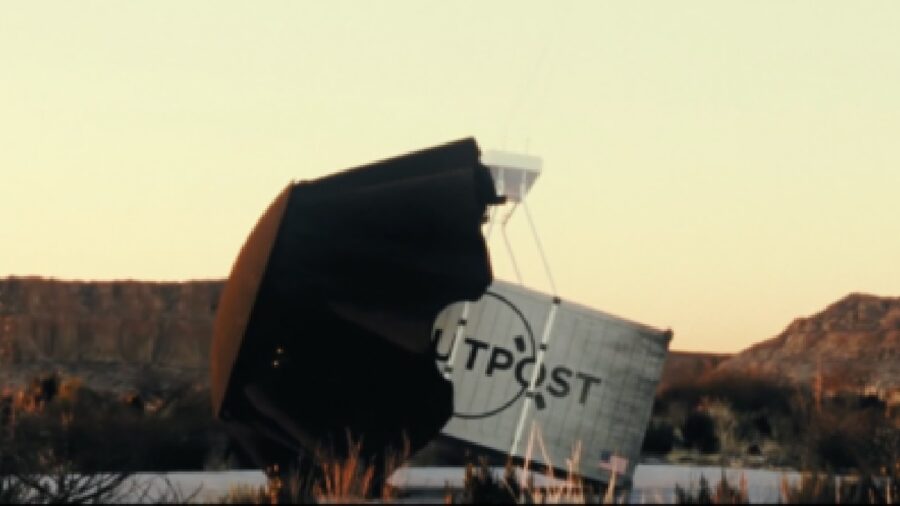
The systems are similar and use a satellite bus that carries a propulsion system enabling Ferryall and Carryall space transports to maneuver in space and return to Earth. A 3D woven carbon fiber fabric heat shield protects against the extreme heat of re-entry into the Earth’s atmosphere, and a robotic paraglider wing deploys to enable a smooth landing using robotics to reach the intended destination on Earth. The Ferryall holds up to 100 kilograms of payload, while the Carryall can hold up to 10 tons.
A Key Technology For Settling Space
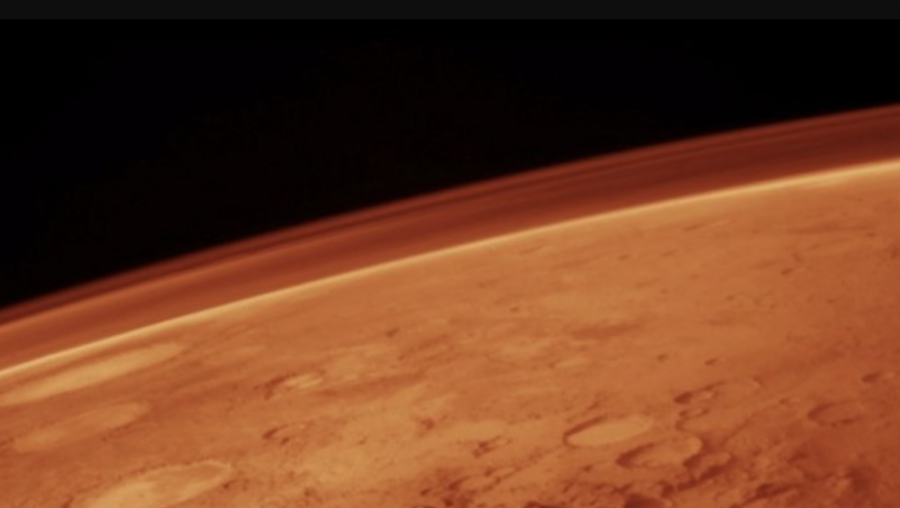
SpaceX founder and CEO Elon Musk said he wants to create a settlement on Mars, and he has the funds and people needed to make it happen. NASA likewise intends to put a permanent base on Mars as well as the moon, which is partly why the space agency is searching for signs of water and other beneficial minerals on Mars and the moon. Such missions require items to return to Earth, and the Carryall and Ferryall space transport systems are an ideal solution for such space endeavors.
Source: Outpost












